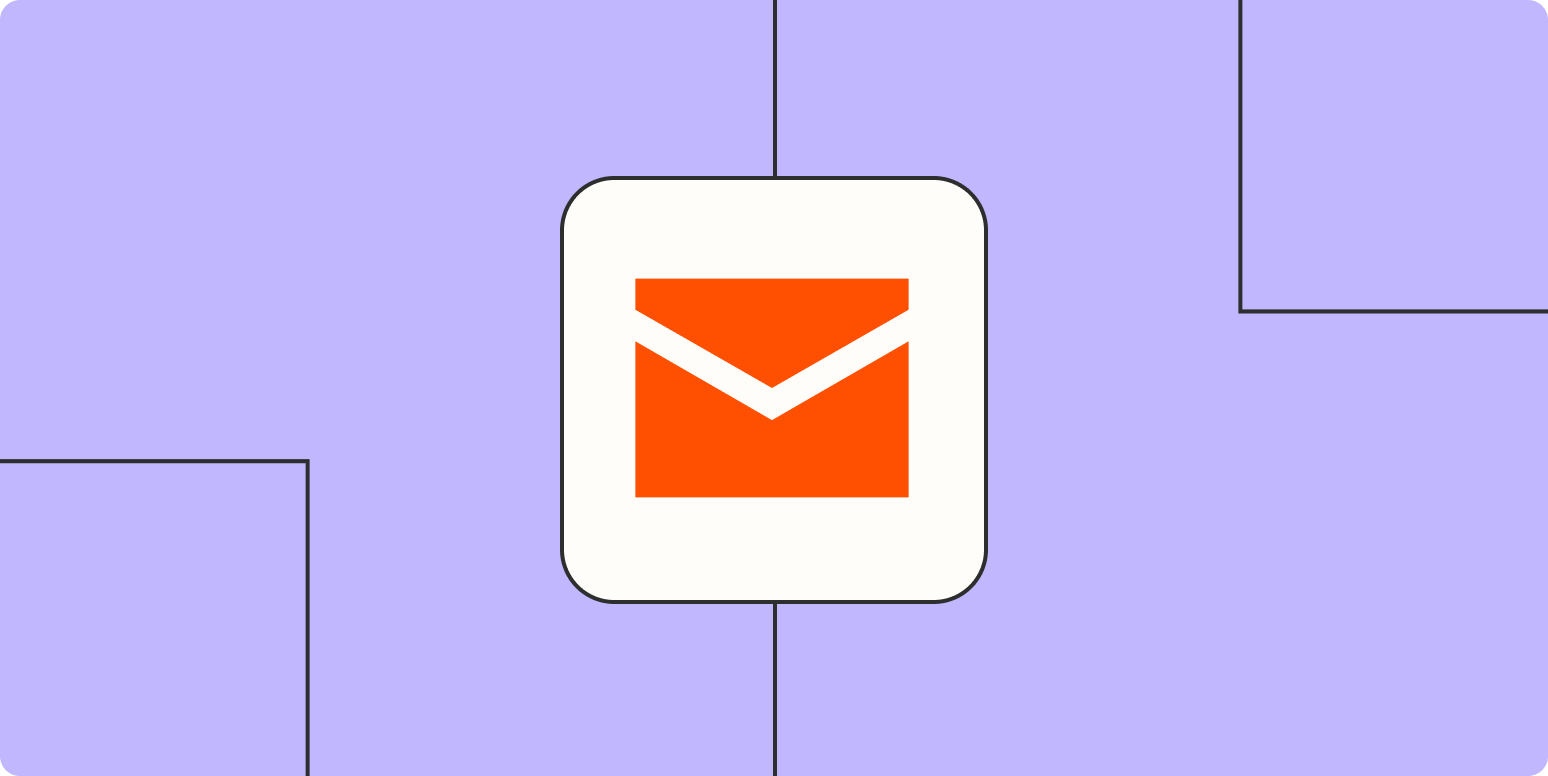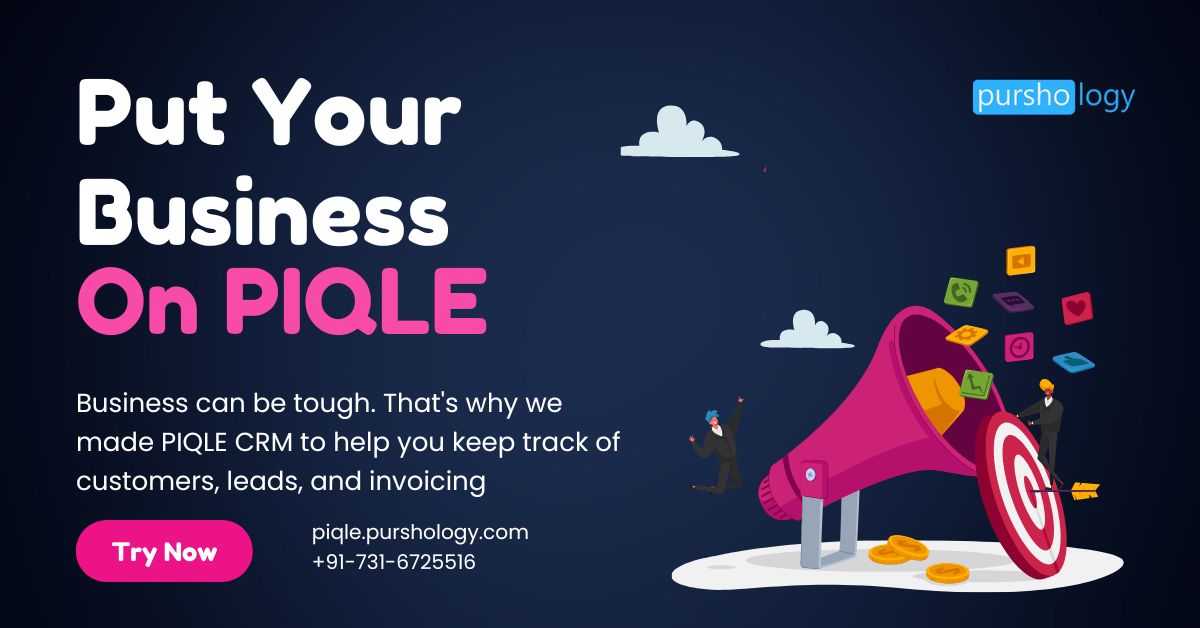I shared my first story online in August of 2021. And felt like a complete fraud.
Not because the events weren’t true. Or because I was afraid to put myself out there. But because in my two years of working as a full-time copywriter, I knew that the #1 rule of marketing was focus on your customers. And who was I to defy that rule when I had barely set foot on social media with no credibility, no authority, and no real knowledge of how to promote myself?
Automate your email marketing
In truth, I was a nobody. But storytelling ended up making me a somebody in the eyes of my clients. In fact, I built my entire freelance business on the back of behind-the-scenes stories about my work and my personal life. And now I help entrepreneurs and eCommerce companies do the same. Here’s how.
3 steps to writing story-based emails that convert
1. Use people to narrate the story
I noticed that none of the brands whose email lists I’m subscribed to ever introduce me to any of their team members. Instead, they sign off as an entity, such as “the team at X Brand” or simply use their brand name directly. But out of all the channels out there, email is by far the most intimate. Which is why, as a marketing channel, it works best when you communicate like a human being, not like a business entity customers can’t relate to.
Relatable characters are the essence of every story. And the more you expose your customers to that familiar character, the quicker you create something known as a “parasocial relationship.” Simply put, it’s the perceived closeness we feel with a celebrity, fictional character, podcaster, and so on, despite never interacting with them. And it’s exactly what I’ve achieved with my email stories for my business, Kaleidocopy.

This email is a prime example of a parasocial relationship at play. My email subscribers are familiar with both me and my partner, which is why I don’t have to explain who Marius is anymore. My open/click-through rates are higher than the average in my industry because people want to keep up with our weekly adventures. And every email/story I send always gets me a handful of replies. I never speak into the void, and neither should you.
So highlight your people (team members, customers, stakeholders, you name it) in the emails you send. Because people want to buy from people, not from faceless entities they know nothing about.
2. Create an emotional journey in your story
Stories are supposed to make us feel something. It’s easy to immerse your readers deeper into your story-based email if you can make them laugh, smile, or even shed a tear with the main character.
In most of my emails, I deliberately choose humor as the feeling I want my readers to experience. But no matter what feeling you choose to convey, the same simple rule applies: you need to build your story-based email around a little bit of conflict. Not huge-fight-with-your-partner kind of conflict—just any sort of clash. Here’s what I mean:


And here are a few more examples:
-
I was in an important meeting, but then my two-year-old started crying.
-
I was on my way home when I realized I had forgotten my keys at the office.
-
I was making dinner for my in-laws when suddenly my pasta caught on fire.
At their core, stories are about overcoming adversity—yes, even ridiculous adversity like your dish catching on fire. If there’s no conflict, there’s no emotional journey for the readers to experience. In the business world especially, brands can feel horrified to reveal any adversity or conflict they’ve faced. But nothing’s ever perfect, and people don’t relate to perfection.
3. Increase the absorption potential of the story
Once you get readers hooked, your job is to keep them reading all the way down to your call-to-action. That’s where you make money, after all.
Good stories are made not only of the plot, conflict, and characters but also of the words you use. The tone. The length of each sentence and the rhetorical devices used. The formatting, too. It’s all of these things combined. Here’s how that looks in practice:
Write conversationally
Using interjections (Yay!, Oh!, Ugh…) and onomatopoeias (CREAK!, BAM!) adds an element of realism to your story because it’s how you’d speak to someone in person. Sprinkle these powerful additions into your story to make it more engaging to readers.
Show instead of tell
Making use of sensory words related to smell, sight, taste, and feel helps the reader vividly imagine scenarios and sensations without actually living through those things. Similarly, dialogue often paints a better scene than simply explaining what happened.

Use humor
The goal is to make readers feel something when they read your story, remember? If you can make your customers smile or chuckle, they’ll be more likely to trust you, like you, and buy from you.
You don’t need to be a stand-up comedian, though. Far from it. In fact, simply making correlations between unrelated things or making a witty remark is all you need.
Here’s an example: “Sometimes when you’re disorganized, your office can start to look like a hive of swarming bumblebees.” Hilarious? No. But it’s relatable.
Craft irresistible cliffhangers
Think back to every Netflix show that’s ever hooked you. Their secret? Ending most, if not all, episodes with juicy cliffhangers to make sure you continue watching the next episode.
When I tested this strategy in my email marketing campaigns, it worked wonders. By strategically building desire for the next email in the sequence, I made sure the chances of my customers opening my broadcasts were as high as possible. I did it by ending my story-based email with one valuable insight that would help my customers in their businesses, and then teasing the next insight in my next email by writing a fascination, as copywriters call it.
To write a fascination, all you need to do is replace a fact with one of these words: what, why, when, where, how, the one/the only, the exact, exactly, etc. Let me demonstrate:
Fact: If you have a print-on-demand store, you should only target niche, passionate groups of people such as bikers, nurses, or hikers.
Fascination: I’ll tell you exactly what type of customers you should target in your print-on-demand business.
Just like I did in this email I wrote for one of my clients:

Provide content on demand
Content on demand is becoming the new standard. Even with those Netflix cliffhangers, you get to watch the next episode immediately. With that in mind, I went ahead and tested this concept in my email marketing. And once again, it worked wonders.
Instead of just teasing the next email and calling it a day, I teased the next email and then immediately offered the option to receive it by clicking a link or button. I managed to create a binge-reading experience where my customers would be entertained by the story, educated by the insight at the end, and hooked by the cliffhanger.
As a result, my click-through rates exploded—not only in the emails where I was providing content on demand but also in other emails where I wasn’t doing this. In a way, I was teaching customers that clicking my buttons was fun and interesting. And that the rewards would be worth it.

If you can entertain someone (through the story), educate them (through the insight at the end), and hook them (through the cliffhanger) in one single email, chances are they’ll come back for more.
In most cases, businesses only focus on educating their readers. They miss the first and last part of the equation, which is why their emails don’t perform nearly as well as they could. In a world of many brand choices, you want to make sure customers stick with you, and captivating them is a surefire way to earn their loyalty.
Hopefully, this article will inspire you to write more story-based emails. So you can reap the rewards of an email list that likes, trusts, and actually wants to hear from the people behind your brand.
This was a guest post by Emilia Tanase, a conversion copywriter and email strategist at kaleidocopy.com. Want to see your work on the Zapier blog? Read our guidelines, and get in touch.
Need Any Technology Assistance? Call Pursho @ 0731-6725516





